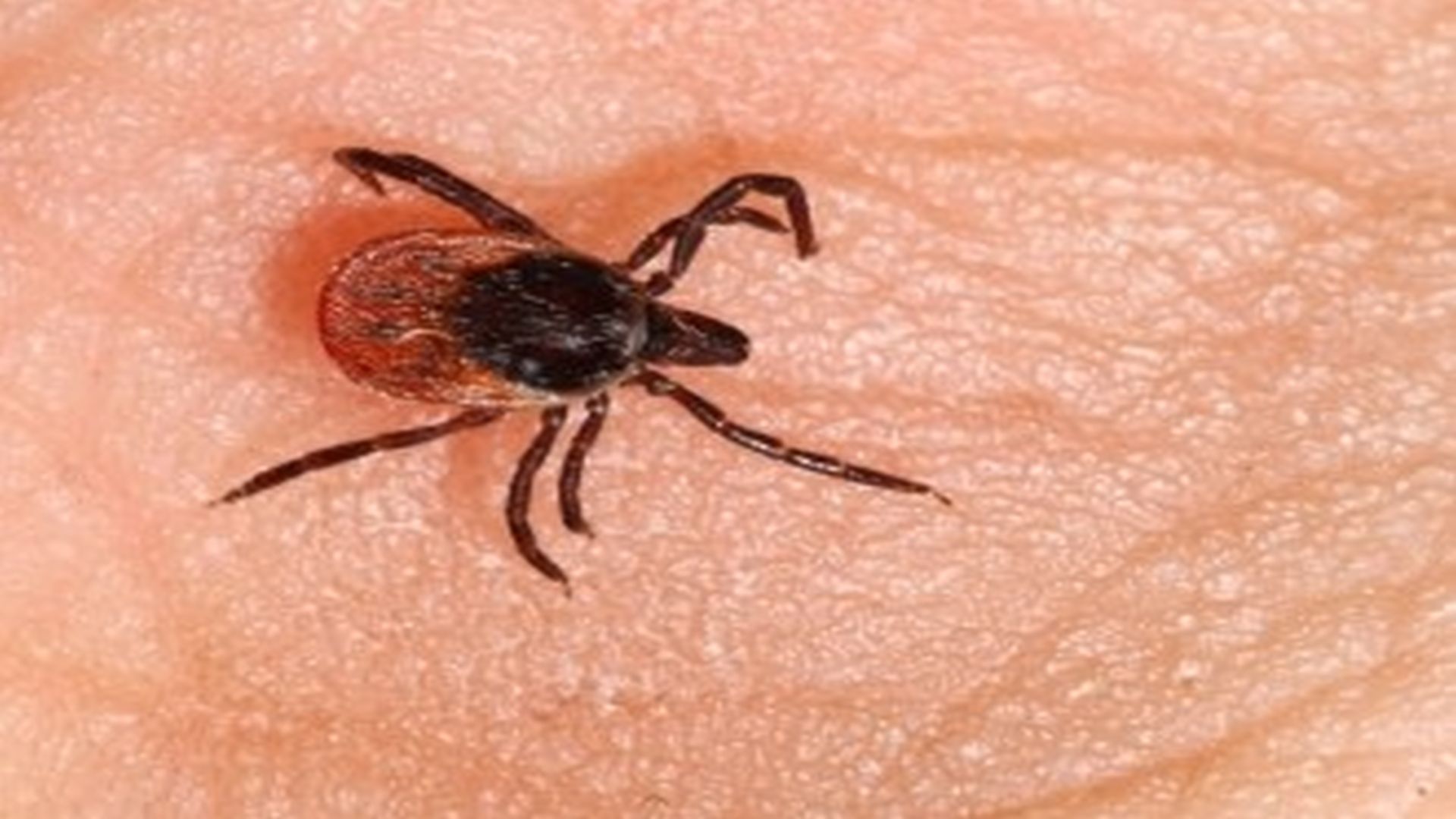Lyme Study Uses Drug Discovery Methods That Have Fueled Cancer Breakthroughs


Antibiotics are currently the only treatments available for Lyme disease and other tick-borne illnesses, but researchers at Duke Health are working to expand the medical toolkit by identifying vulnerable areas of the disease-causing bacteria that could lead to innovative therapies. The research project, which recently received a $3.8 million grant from the Steven & Alexandra Cohen Foundation, relies on drug discovery methods that have proven successful in identifying treatments for cancer and viral diseases.
“Our goal is to find alternatives to antibiotics to treat Lyme disease, which is caused by the Borrelia burgdorferi bacterium, and illnesses that arise from the Bartonella pathogen,” said Neil Spector, MD, the Sandra Coates Associate Professor Breast Cancer Research at Duke Cancer Institute and the study’s co-principal investigator.
“We’re hoping to move from isolating targets to identifying potential drugs to testing in animal models within three years – so a very aggressive timeline,” said Spector, who was a Lyme patient himself and nearly died from complications of disease. “Our goal is to identify drugs that will target the Achilles’ heel of these pathogens while sparing the normal gut microbiome.”
Spector and co-principal investigator Timothy Haystead, PhD, professor in the department of Pharmacology and Cancer Biology at Duke, are collaborating with scientists at Johns Hopkins School of Medicine and Tulane Medical Center to perform distinct functions of the study.
The Duke team will use technology Haystead’s lab has pioneered for cancer drug discovery, which will identify protein targets for the development of a completely new class of molecularly targeted therapies for Borrelia burgdorferi and Bartonella.
The team at Duke will then screen thousands of new compounds to identify those that target the desired proteins. The new compounds identified at Duke will then be tested at Johns Hopkins in a high-throughput assay to evaluate their effects on the viability of Borrelia burgdorferi and Bartonella.
The most promising drug candidates will then be sent to Tulane, where researchers will determine their efficacy in animal models of Bartonella illnesses and Lyme diseases, including in primates.
The Spector and Haystead labs have already identified more than 20 bacterial proteins that represent attractive targets for drug development. The protein targets are selected in part for their specificity to Borrelia burgdorferi, which would reduce the risk of adverse side effects such as the destruction of normal, healthy gut flora.
Duke researchers have begun screening a library of thousands of compounds looking for potential drugs that target a specific Borrelia burgdorferi protein that plays a key role in promoting the survival of the bacteria.
The research project represents a new exploration for Spector, a leading cancer researcher who was instrumental in the development of lapatinib, the first oral inhibitor of the HER2/neu cancer promoting protein approved by the FDA for the treatment of a subset of breast cancers. Spector’s interest in Lyme disease research stems from his personal experience with the infection, which he battled for years without a clear diagnosis. After suffering near-fatal heart failure, he underwent a heart transplant in 2009.
Spector said many features of cancer are also true of Lyme. For example, how and where tumors spread is not random. Similarly, Lyme affects different people in different ways, and Spector asserts that there are likely biological factors at play.
“I think there’s a way to capitalize on the lessons we’ve learned in cancer biology and basic research over the past 20 years and apply them to Lyme research,” Spector said. “We don’t have to reinvent the wheel.”
Source: Duke University
Robust infectious disease surveillance, including rapid subtyping of influenza A, is essential for early detection, containment, and public health reporting of novel viral threats.